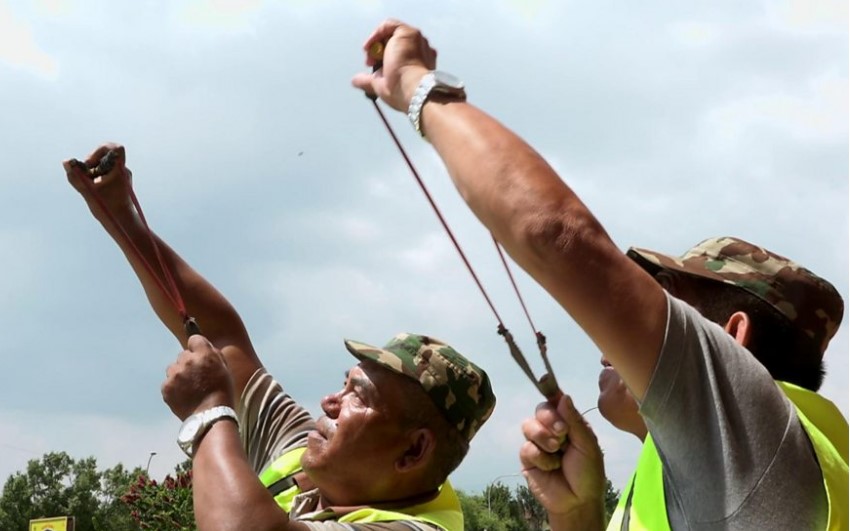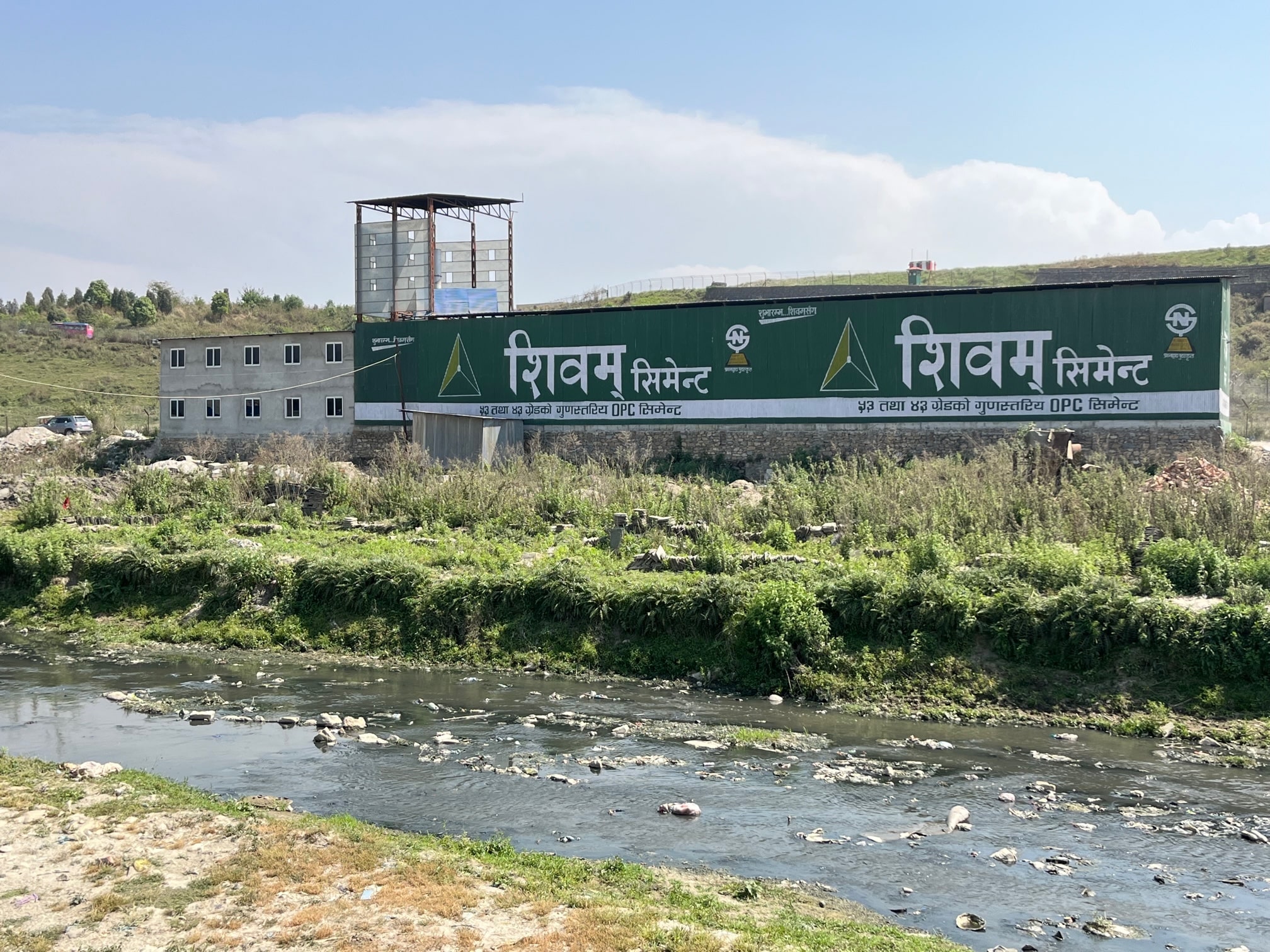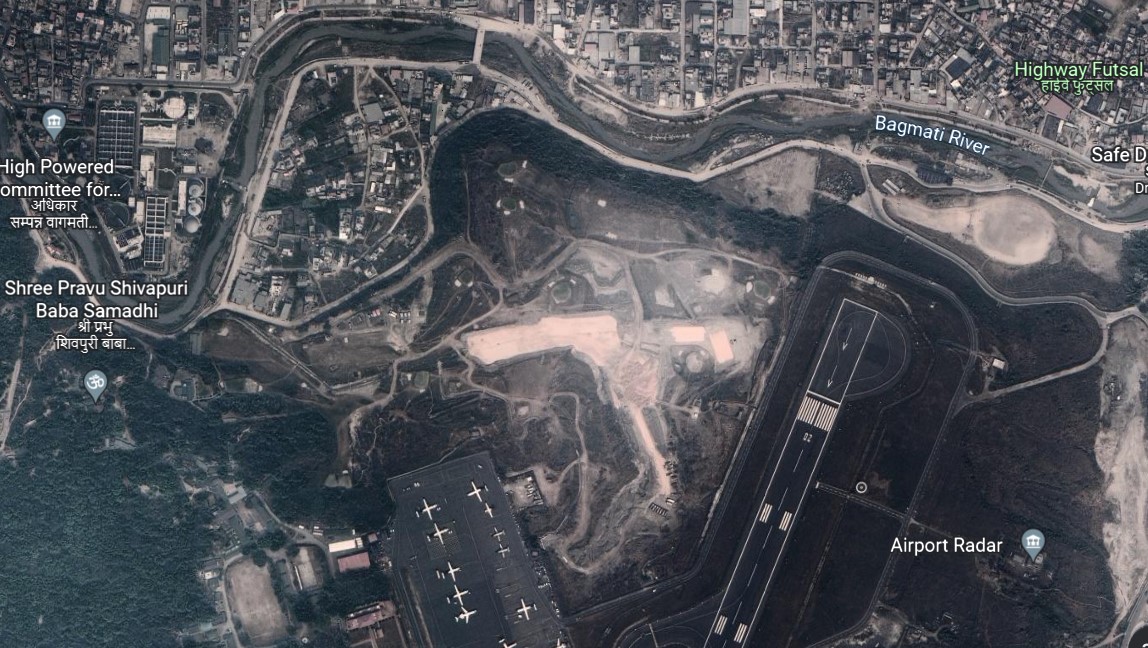Travel & Tourism
-min1655812070.jpg)
Despite efforts to minimise bird hazards, Nepal’s busiest international airport, handling around 500 flights in Kathmandu every day, is riddled with safety issues for the incoming and outgoing aircraft.
Just last year, an aviation safety report of the government said, out of 43 bird strikes against aircraft recorded in airports around the country, 18 happened at the Tribhuvan International Airport (TIA). Although they posed significant safety challenges to pilots and aviation authorities, luckily none of the bird strikes caused any serious trouble.
Now aviators and air travellers flying into or out of Kathmandu have another worry: a towering new garbage incinerator, with its chimney waiting to belch hot steam, near the banks of the Bagmati River, right under their nose on the north-south runway in Kathmandu.
That facility could trigger serious aviation safety risks, experts and officials warn, as “garbage management facilities in the immediate vicinity of airports tend to attract more birds to the area” and cause “air safety hazards”.
The ICAO (International Civil Aviation Organization), the 193-member UN agency that facilitates cooperation in air transport, also cautions authorities against setting up landfills or incinerators near airports. Yet the incineration facility, barely 50 metres below the northern edge of TIA, appears unnoticed by the concerned authorities.
Bird hazards at Kathmandu airport

Speaking to NepalMinute, Premnath Thakur, general manager of Civil Aviation Authority of Nepal (CAAN), TIA, expressed ignorance about the development saying, “I’ve no idea about it (the newly-built incineration facility). When was that built?” he asked. “We have not issued any official permission to set up such a plant near the airport.”
As it is, Thakur said, the airport is already troubled by incidents of wildlife “accidentally” intruding into the airport premises. The Pashupati and Tilganga forests near the airport are home to hundreds of rhesus monkeys and other wildlife, including a variety of birds.
To avert bird-aircraft collisions, CAAN has been deploying bird chasers who use catapults or detonate gas chambers placed around the runway to chase birds. “We spot pigeons, crows, owls and what not almost every day,” he added.
Now, aviators fear, the incinerator could add to the worries. The facility, built by Gokarneshwor municipality, which sprawls across north-eastern parts of Kathmandu valley, is not operational just yet. But on a recent afternoon, this NepalMinute correspondent saw heaps of unattended garbage near the facility, particularly along the banks of the Bagmati river, its waters already a mix of solid and liquid wastes disposed or drained by settlements upstream.
At a distance, east of the busy runway, a pair of birds hovered.
Within five minutes, three aircraft - two flying domestic and one, a Nepal Airlines wide-body Airbus 330, flying international sector – took off into the sky. The roofing sheet-covered facility and its capped chimney, which would emit hot exhaust fumes once the plant becomes operational, stood out in the foreground.
Why the worries?

When contacted by NepalMinute for reactions, aviation officials and experts expressed surprise at the development, and suggested that the authorities concerned such as the CAAN and Gokarneshwor Municipality “immediately swing into action” and “make a fresh assessment of the garbage incineration facility”.
Former Director General of CAAN Tri Ratna Manandhar told NepalMinute: “I assume that they will gather the garbage before it is put into the incinerator. I’m afraid that could attract birds, and (that) it could increase bird hazards at TIA.”
Equally important, Manandhar is concerned that the extreme heat generated by the facility – of up to 1000 degree Celsius – could pose risks to aircraft using the airport’s Runway 20 – at the Bagmati river side.
“What makes the incinerator even more worrying is the fact that it’s been installed right at the flight circuit area, he said, adding: “ICAO has clear rules regarding Obstacle Clearance Limit (OCL), which should not be violated to ensure smooth flight operations … I think CAAN needs to immediately swing into action without further delay.”
Several senior pilots approached by NepalMinute expressed concerns over the incinerator right below the runway and other activities such as operation of slaughter houses and meat shops in the periphery. A senior Nepal Airlines pilot, who did not wish to be named, said, “ICAO rules clearly say 'no garbage or meat facility should exist in the immediate vicinity of the airport'. Yet nothing is being done to stop these. It’s quite unfortunate.”
Gokarneshwor’s story
Gorkarneshwor is home to over 1 million people and a major source of garbage in the valley. Baikuntha Prasad Sapkota, chief administrative officer at the municipality, told NepalMinute that the incineration facility, worth Rs 40 million, was set up under public-private-partnership, whereby the municipality partnered with a private company which developed a business model trying to make money out of trash.
Sapkota defended the facility’s technical capability, saying: “After the garbage is separated as compost-able, reusable and recyclable, the facility will safely collect trash like papers and plastics and burn them at a very high temperature.”
When in full operation, officials say, the Japanese-made incinerator generates up to 1,000 degree Celsius heat and burns up to 8 tons of garbage in a day.
At a press conference held in the second week of April, the municipality officials and the manager of the private company who owns and operates the incineration facility, said that “the incineration chimney does not cause any foul odour, smoke, or pollution in the area”.
The only thing the chimney would emit was steam, Kantipur daily quoted then mayor Santosh Chalise as telling reporters on April 12.
Emitted by an extremely hot machine, they agreed, the steam would be very hot. But assuring that the trash transportation to the facility would not attract scavenging birds like eagles, kites, hawks, vultures or crows, Sapkota told NepalMinute, “No, the trash transported there will not attract birds and cause aviation safety concerns. We are very careful about that.”
What does the ICAO say?

In its airport waste management toolkit, ICAO clearly cautions civil aviation authorities against building landfills and incineration facilities near airports. The toolkit says: “Landfills are a common means of disposing of waste, however, it is generally believed that landfills attract birds. Landfills in the proximity of airports can increase the risk of collisions between aircraft and birds.”
To those considering establishing a landfill near their airport, it advises conducting “a wildlife hazard assessment to understand the wildlife in the area and minimise the risk of collision with aircraft.”
ICAO has clear suggestions to those installing incinerators near the airport, like Nepali officials, too: “Incinerators give off emissions, and also can give off heat plumes which can affect aircraft flight performance. Facilities would need to be cited with consideration of flight paths into or out of the airport.”
In Kathmandu airport’s case, as NepalMinute saw, the incineration facility stands out right along the flight paths into or out of the country’s busiest airport which, until recently, was the country’s only international airport. Besides forests and grasslands near the airport, officials and experts fear, the dozens of barbeque or Sekuwa meat shops plus the sewage treatment facility at Guheshwori could add to the bird hazard.
Premnath Thakur, the general manager of Civil Aviation Authority of Nepal (CAAN), TIA, conceded that the authorities had failed to stop activities that could potentially trigger bird hazard: “Our civil aviation regulations clearly state that shops selling fish and meat should be established four kilometres away, but we have barbeque ‘Sekuwa’ shops just half a kilometre away (from the runway).”






